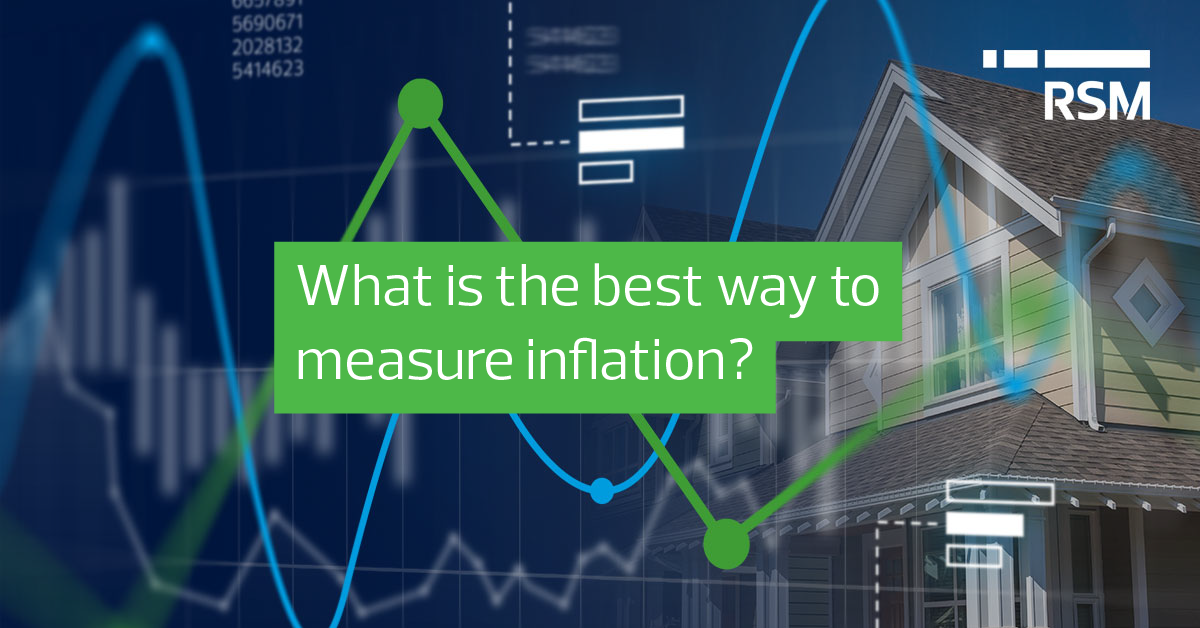





The Consumer Price Index (CPI) is a critical economic indicator that measures average price changes in a basket of goods and services. It plays a significant role in influencing inflation rates, interest rates, and government policies. As of December 2024, a projected 3% increase in the CPI indicates a corresponding rise in prices compared to the previous year, which could further erode the purchasing power of the dollar [3db4c781].
Recent data from the Producer Price Index (PPI) revealed an unexpected calm, with the PPI increasing less than anticipated in December 2024. Notably, the PPI excluding food and energy remained unchanged, suggesting a stabilization in producer prices [ffd504c4]. Eugenio Aleman, chief economist at Raymond James, noted that this positive market sentiment could indicate a broader economic stabilization [ffd504c4]. However, gasoline prices rose by 3.5%, marking the largest increase since February 2024, and airline ticket prices surged by 7.2% month-over-month, highlighting ongoing volatility in certain sectors [ffd504c4].
In South Africa, annual consumer price inflation increased to 3.0% in December 2024, up from 2.9% in October. The average annual inflation for 2024 was recorded at 4.4%, a decrease from 6.0% in 2023. The main contributors to this inflation were housing, utilities, and miscellaneous goods [61fd147f]. Market analysts expect a 25 basis points cut in the benchmark interest rate at the January 2025 meeting, although risks such as higher domestic energy prices and a weaker rand could complicate this outlook [61fd147f].
The Federal Reserve closely monitors CPI data to adjust interest rates accordingly. High fluctuations in CPI can lead to reduced consumer confidence, as individuals may feel the pinch of rising prices on their everyday expenses [3db4c781]. This is particularly relevant as employees often demand higher wages during periods of inflation, which can create a cycle of wage-price inflation that complicates economic stability [3db4c781].
Moreover, government policies, including adjustments to Social Security benefits, are often based on CPI data, ensuring that these benefits keep pace with inflation [3db4c781]. The upcoming CPI report, scheduled for release on December 11, 2024, at 1330 GMT, is anticipated to provide further insights into current economic conditions and potential future trends [3db4c781].
In the context of broader inflation metrics, recent analyses have suggested that the U.S. harmonized index of consumer prices (HICP) may offer a more accurate depiction of inflation trends compared to traditional metrics like the CPI and the Personal Consumption Expenditures (PCE) price index. As of July 2024, the CPI recorded a decline to 2.9%, while the PCE index was reported at 2.5%, with the core PCE index falling to 2.6% year-over-year [255d8928]. In contrast, HICP inflation in the U.S. stood at just 1.7% during the same period, highlighting significant discrepancies between these measures [255d8928].
The HICP is particularly noted for its inclusion of the rural population and its more accurate measurement of housing costs, as it accounts for actual housing expenses rather than relying on owners' equivalent rent, which is used in the CPI [255d8928]. Experts warn that the Federal Reserve risks making policy errors by depending on outdated inflation metrics, which may not fully capture the current economic landscape [255d8928].
A recent analysis by Scott Sumner highlights a growing debate over the significance of inflation as an economic indicator. While some economists, like Tyler Cowen, advocate for improved inflation models, Sumner argues that inflation is almost meaningless in its current form. For instance, the U.S. Bureau of Labor Statistics reports that televisions are 99.15% cheaper in 2024 than in 1960, with an average annual inflation rate for TVs at -7.18% [27c748f3]. This stark contrast raises questions about the overall inflation rate of 3.76% from 1960 to 2024, suggesting that traditional inflation metrics may not accurately reflect consumer experiences [27c748f3].
Furthermore, the article discusses the implications of inflation on GDP comparisons between the U.S. and China, emphasizing that wage inflation may be more significant than price inflation in understanding economic health [27c748f3]. As the U.S. economy navigates these complex dynamics, the accuracy of inflation measurement will be critical for informed policy-making and economic stability. The interplay between these various inflation metrics and the Fed's policy decisions will be pivotal in shaping the economic outlook [255d8928].
In a recent update, the Core Personal Consumption Expenditures (PCE) price index increased by 0.1% from October and 2.8% year-over-year, marking the slowest monthly advance since May 2024. This data, released by the Bureau of Economic Analysis on December 20, 2024, is the Federal Reserve's preferred measure of underlying inflation [95100cdf]. Despite the cooling of core PCE, consumer sentiment continues to grow, with year-ahead inflation logging its first increase since May [95100cdf]. Federal Reserve officials, including Mary Daly, have been discussing interest rates and the uncertainties surrounding the economy, indicating that the latest PCE data will be crucial in shaping future monetary policy decisions [95100cdf].
Seema Shah from Principal Asset Management has warned of a potential tariff-induced inflation spike of 0.5% to 1.5%, which could complicate the Federal Reserve's efforts to balance interest rates and economic growth [ffd504c4]. Rising energy prices may also hinder progress towards renewable energy initiatives, potentially deepening socioeconomic divides due to inflation [ffd504c4]. However, there is potential for investment in clean energy to stimulate growth, indicating a complex interplay between inflation, economic policy, and market sentiment [ffd504c4].